Childhood Memories
The North End
I was born right in the heart of the North End, where all the action took place. I was born right in the middle of everything – at North Square.
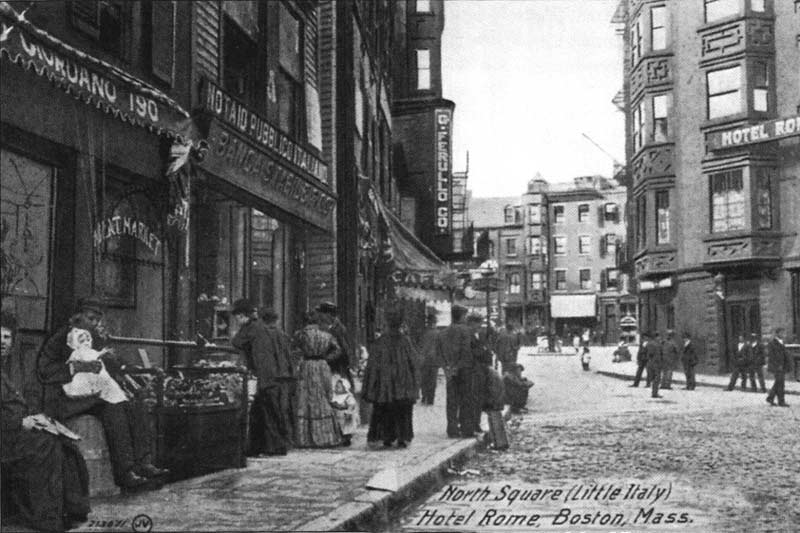

If you did something at 9:00 in the morning, I would tell you, by 12 noon, everybody knew it! …And that’s what the North End was.
I couldn’t skip school because my Mama would find out. How? I don’t know. But I couldn’t even skip school. When you’re followed all the time, you get rebellious. I skipped school to go see Frank Sinatra.
Frank Sinatra… had come to the Metropolitan or one of those… And a whole bunch of photographers were there with the newspaper. And I was telling my friends, “Don’t go near the newspapers.”… I skipped school… So naturally, Andrew, she went near the newspapers, and we were all in the paper… the next day… [Andrew: And then your mom found out?] Not only my mother, I had a whole bunch of nuns from my high school that I have never forgotten.
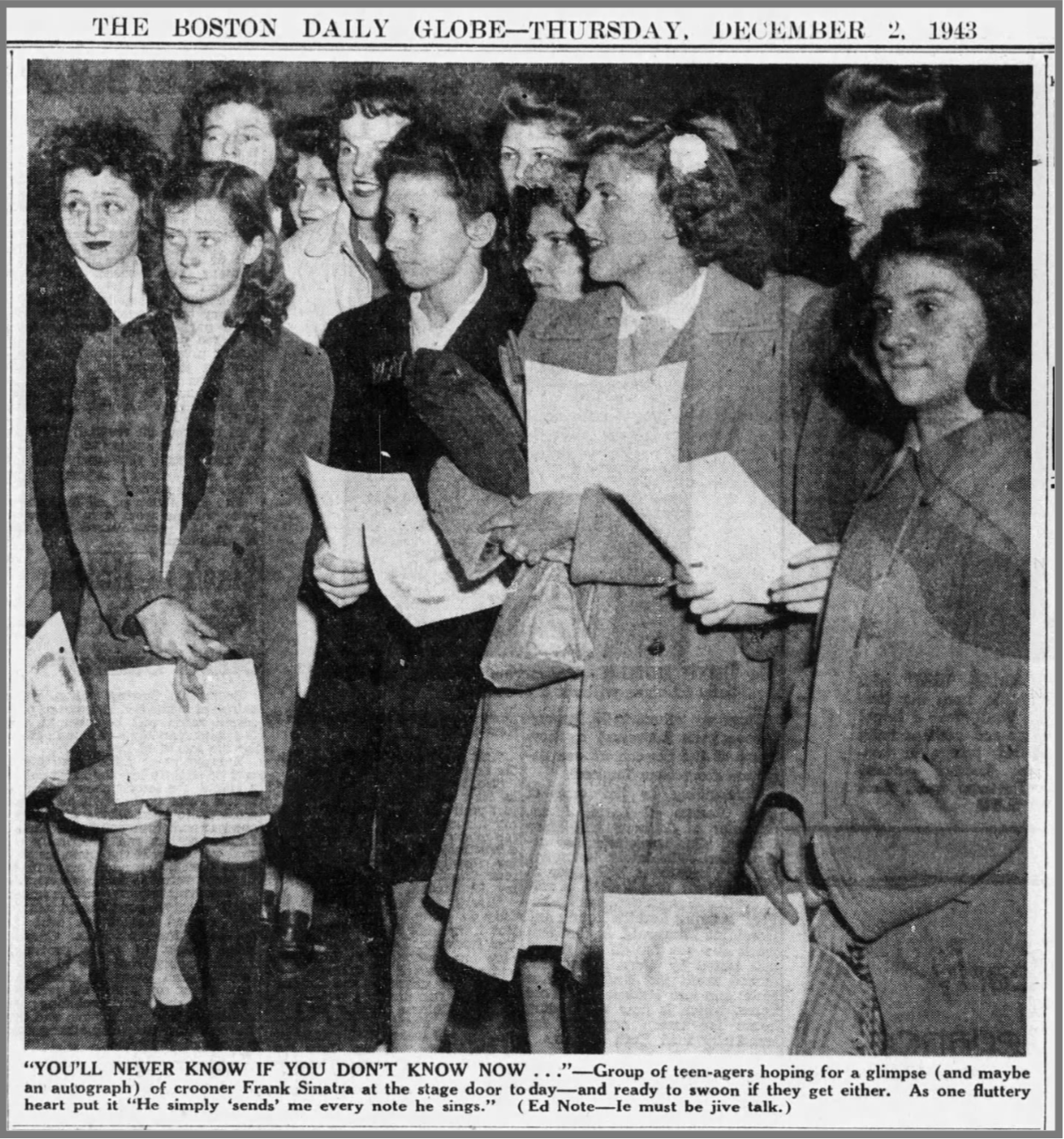

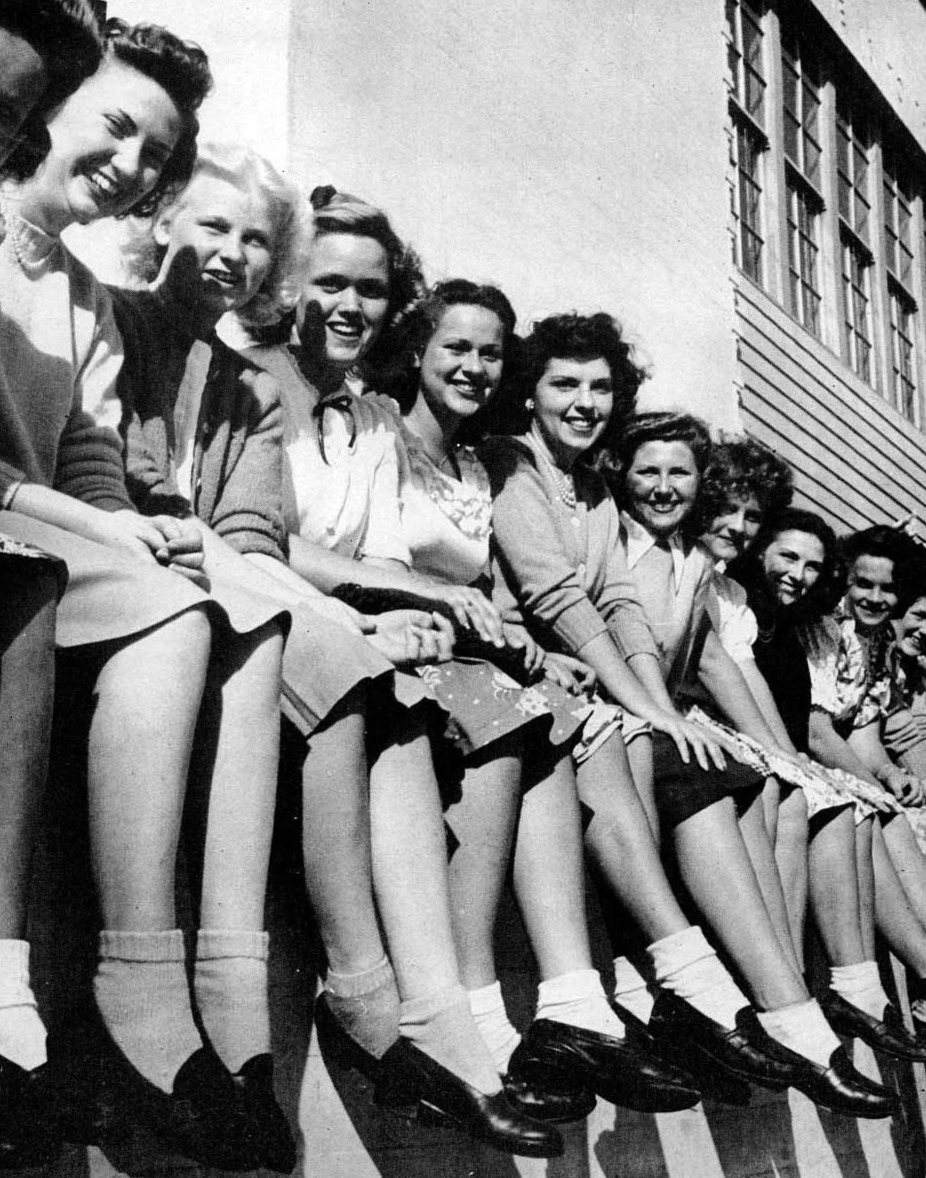
We had nothing to worry about. We were protected… By other families, and especially by the men. Supposedly, the gangsters that they were called… the gangsters. But they were there and they protected us… We had no fear at all. From anything. From drugs… One day, I was having lunch, and my friend and I were… sitting at the counter, and this person named Danny came out with something in his hands, and he went up to the person sitting next to me, and I heard him say, “If you come in with these…” and I won’t tell you what he said, “again, you’re going to be carried out.”
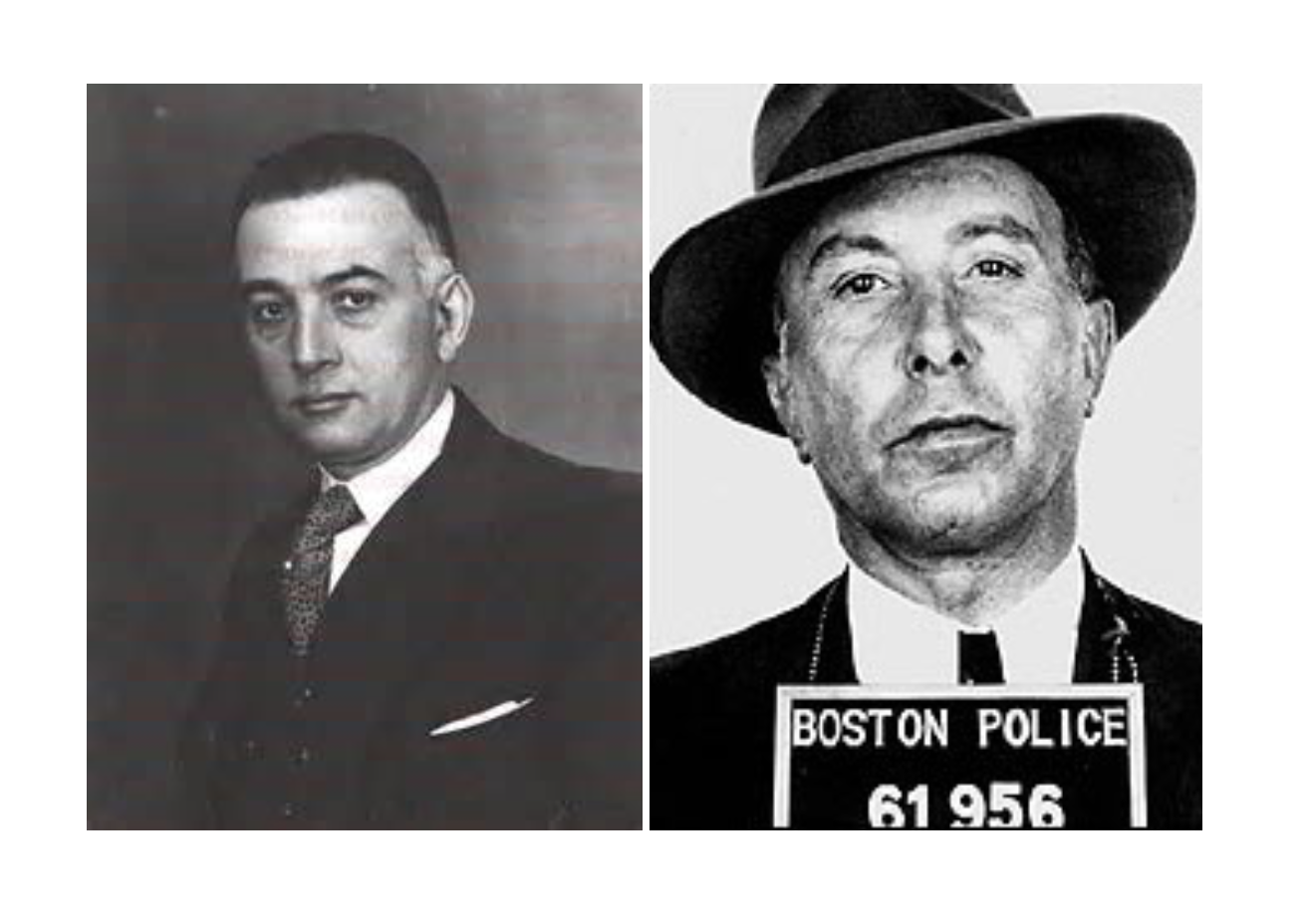
Family
My mother never spoke English. She knew how to speak English, but spitefully she wouldn’t. I got to tell you, she was very spiteful. It was her will or no will. Growing up, where my mother had a lot to say and a lot to do with us. And we obeyed her. No saying no to Nana. She didn’t know that word. Her word or no word. She lived to be a hundred. Her name was Assunta, which means “risen”. When Nana was born, everyone had a religious name. All my siblings too.
My two aunties – Little Aunt, and big Aunt, one was Matilda and one was Clementina. Even though they had different names, we would always distinguish them as Little Aunt and Big Aunt. Big Aunt didn’t have too much to say. Little Aunt had a lot to say. They would talk about something and Little Aunt would say, “Well, this is this!” – and that would be the end of the sentence… But, remember, my mother was boss! My mom, the last word. My mother was the oldest. Then Clementina, then Matilda, and then Uncle Joe.
We would see them at family events. The family would come over to the apartment. We had a very small apartment, we didn’t have a lot of money. That was definite, we didn’t. And the playground was the street. That’s where we learned how to ride a bike. And oh my God, it was loaded with Italians.
What we had, an awful a lot of, and I don’t mean to preach, but I think what is missing today – is family. Family together, and everything was family.
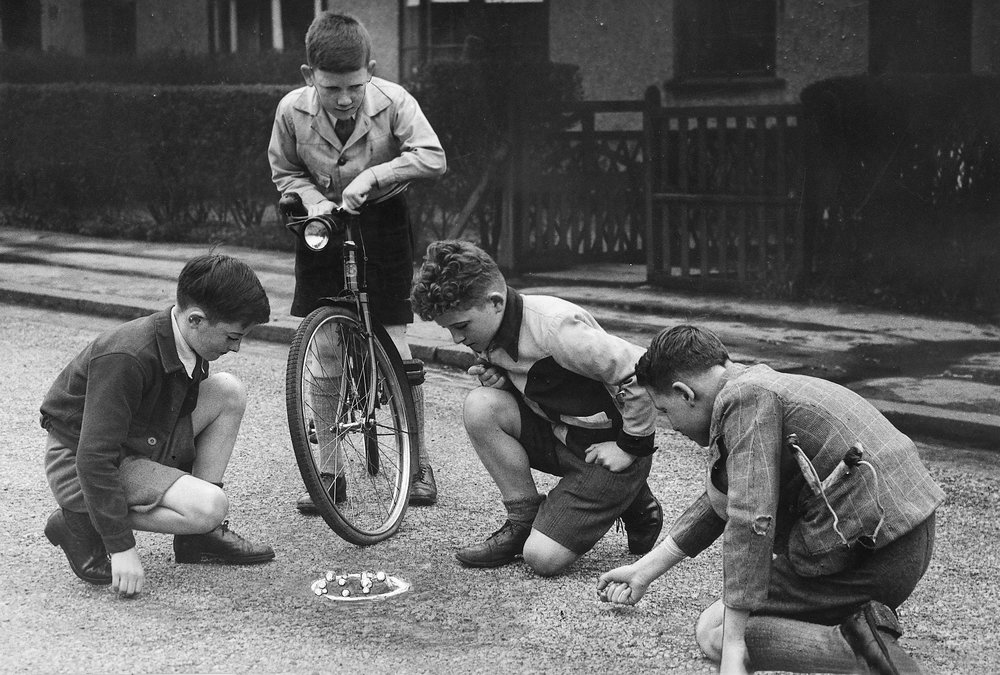

On the Farm
I was fourteen years younger than my closest sibling. My sister’s sister-in-law, Aunt Theresa, had a farm when I was a child. I grew up in the city, but I spent a lot of time on the farm in the summers. I would go to the farm almost every weekend.
I learned how to drive on a truck! And on Saturdays, we would candle the eggs. Now they’re done automatically, but in the early years, candling the eggs meant putting the whole egg up toward the light like a candle to find out if it was okay, if the egg is okay to use.
The farm was in Medway. If you drive by it now you will see half a million, more than half a million dollar houses!
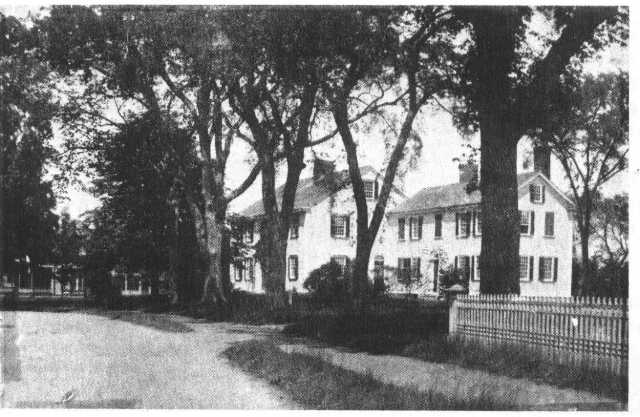
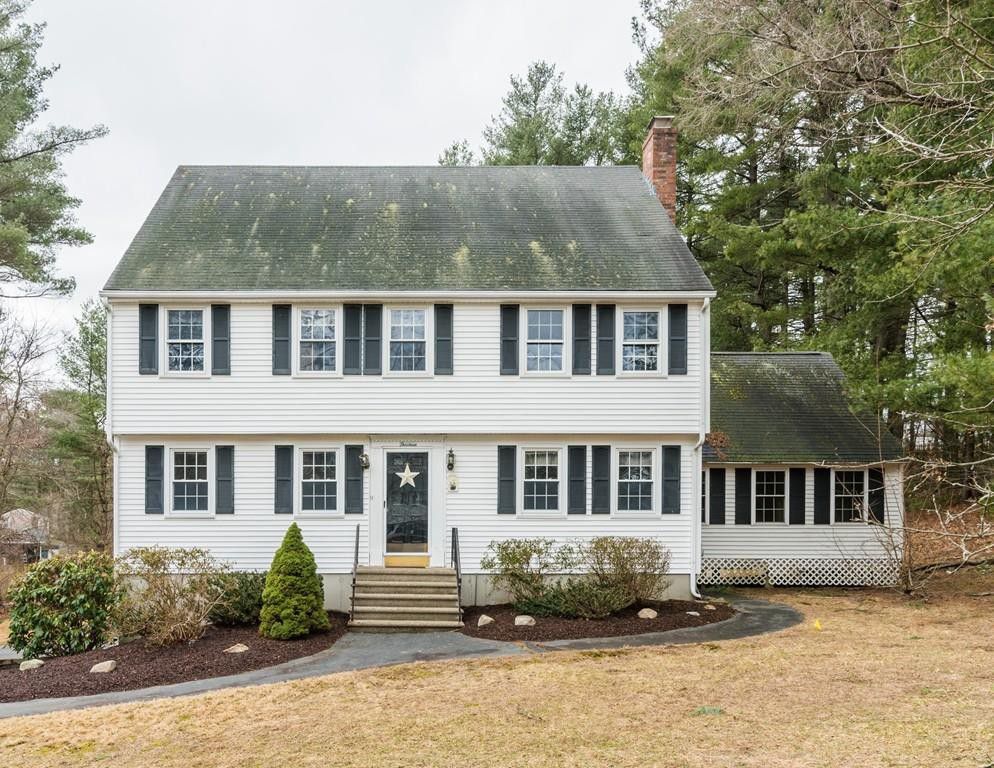
Religion
Religion was a great part of my life. I kid a lot around how Nana was very religious. Always had rosaries in our hands and everything. But she meant her religion, and so did I. It meant a lot to me. I went to Catholic school, and it was not just Catholic school going, it wasn’t just being Catholic – it meant something to me.
In the North End, we used to have a feast every year in the summer. It was called the Saint Anthony Feast. That was the big one, and that was known as, “You don’t leave town on that one.” The streets would be full of Italians. With bands, and food, and stuff like that. Some people from New York, some stars, they’d come in and perform. It was a three-day feast, it was huge.
When your mother was a little girl I took her every year, it was in August. I didn’t like going, but I didn’t want her to miss out on!
Do you remember the angel?…
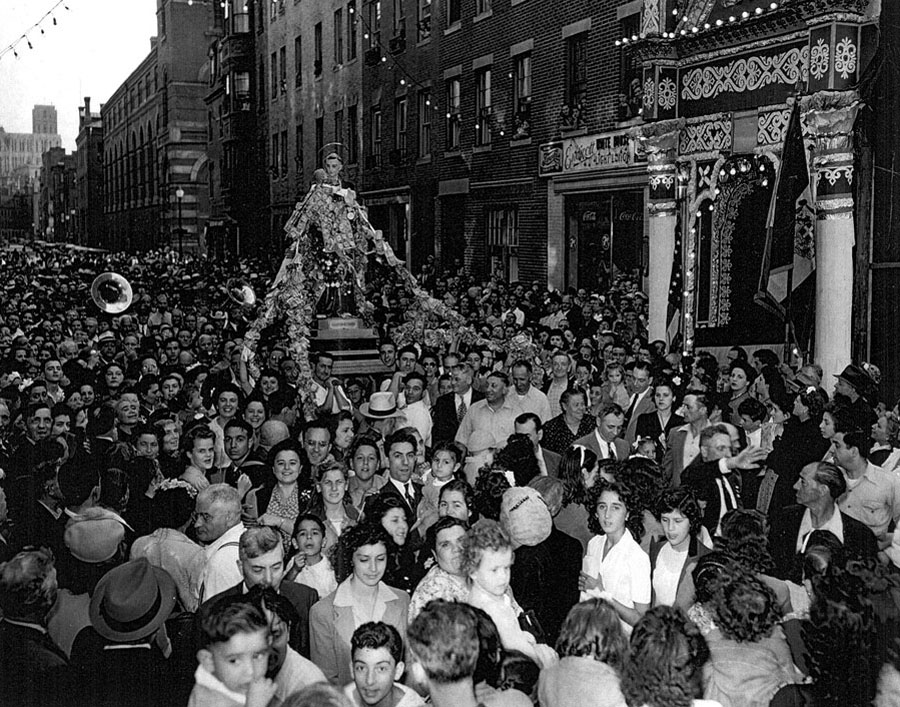
Saint Anthony’s Feast has become the largest Italian Religious Festival in New England since 1919. It is celebrated annually on the weekend of the last Sunday of August. 2019 marks the 100th anniversary of the feast.
[Judy: The Feast was at the end of August, and when Nana was pregnant with Auntie Lisa, she had to leave the feast because she was in labor with Auntie Lisa.] … Gotta go have a baby now!
The Eggplant Festival
When I was a child, we used to have big family dinners. In the summertime, we had the cookouts, and we used to have the cousins from Portland, Maine. Well, everybody knew we loved eggplant.

And we’d have an eggplant festival with the cousins coming down from Maine…[Judy: And my Auntie Mary would make trays and trays of stuffed eggplant, and all the cousins would come down. They had a big backyard. Auntie Mary had a big backyard. It was really fun. It was really fun.] Yeah, we did have a lot of fun.
Young Adulthood
The Bugs in Prince Macaroni
After I finished high school but before I got married, I worked at Prince Macaroni in Lowell, in the Greater Boston area. This was around 1953 or 1954. They had a big pasta factory here where all the cardboard was made.


This is where they packed the pasta, and this is where the trucks went out. They had blue boxes at the store, but it’s more of a local pasta. I don’t think you’d find them in California or anything. Each floor had its own manufacturing, packing, and all, but I worked in their advertisings.
We would get letters complaining about how customers opened the package of pasta and they found bugs in the package. Well, actually, where the bugs came from was from the pasta being stored in a place that it wasn’t supposed to be. And the semolina itself would cause the bugs.
We would get the letters. I would go out to the place where the letter came from with one of our prize packages of pasta, the magic fork, and a little cheese grater… Here’s a prize!… Actually, that’s what it came down to. And you’re laughing to yourself, because … I mean, they’re not going to get anything, because this is something that does come from this product. So, I had a lot of fun with that. Many of the people were very nice. Many of the people threw me out, but it was a lot of fun.
Winning the Volvo
I drove to my job at Prince Macaroni in my own car – a small Volvo that I actually won in a contest in the late 1950s.
My friends and I went to the theater and found out that there was a contest. In the first round, you had to guess “Who do you think would win the Academy Awards?” And you’d have to pick, I forgot how many. I won the first prize! I answered 14 out of 15 questions correctly. The first prize was a diamond ring.

And then you had to go onto the next round where you had to write a statement too – 25 words or less on why I go to the movies.
I still remember what I wrote: “The only place where you could get a million dollars worth of entertainment for the price of a ticket.“
The prize in the second round was a Volvo automobile. I didn’t know what a Volvo was. I thought it was a motorcycle but came to find out it was a car, which was right up my alley.

Gene Brown, the dealer of Volvo and I were the only two in Massachusetts that owned a Volvo. I won the first Volvo that was registered in Massachusetts.
Well, my husband worked on Saturdays. He was actually the only one that was able to bring tulips in from Holland. He went to work one Saturday morning, and he totaled it. The car was totaled. Someone ran a light and ran right through the car.
Love & Marriage
Meeting & Marrying Gerald

I didn’t know Gerald when he was in the war, but later, around 1958, both Gerald and I were in an Italian-American club at the International Institute in Boston. I had gone out to a picnic with my girlfriends the night before and I was tired, so I fell asleep in the car… And it happened to be his car! I went and took a nap in someone’s car, and it happened to be his.

We all knew each other, though we weren’t dating. But we were dating after that.
On our first date, we were at his house, and they were talking about someone named Gedo. They called him Gedo or Gerry. I thought it was another brother that I never met! Gerald’s family weren’t as religious as mine were, but that was never an issue between our families. That was good, too. They were religious up to doing what they had to do, but not as religious as we were brought up.
I was living with my mother at the time I met Gerald. We’d lost my father a long time ago, and my siblings were married (I was the youngest). My mother liked him.
Because Nonno was very diplomatic… he’d talk to anyone, and my mother liked him…There were previous ones that… Well, she never said she didn’t like, but she’d make these motions that I knew that she didn’t like.
We got engaged pretty quickly after we met – about 6 months. And I was 28 when we got married in 1960, which was considered older, then, to be getting married. Gerald was much older. He was 37 we got married.

We lived in Brighton for one year – exactly one year. And then, in 1961, we found the house in Watertown on Highland Avenue. It was only supposed to be a starter house. We wanted to start a family in that house. We moved in July, and my daughter Lisa was born in August.
At that time, Gerald was working, and I was at home taking care of Lisa. When Lisa wasn’t quite three, Judy popped up, and my life was full.


Gerald’s family also lived in Watertown. Just about a mile away was Gerald’s father and Mary, Gerald’s sister. She never got married, so she was kind of the matriarch of that family. Every single holiday was spent at that Highland Avenue house or at Gerald’s father’s house (Mary’s house) at 20 French Street in Watertown.


Cousin Tony & Catherine
My husband had a cousin Tony who was born in Italy but had come to the United States to work. He was a stonemason, and the work was very plentiful here.

Then he went to Italy. He got married, and then his bride came here, Catherine. She was a wonderful person.
She was very young – only about 19 – and she didn’t speak English. I kind of took her under my wing a little bit. She was really wonderful, and she got pregnant right away. Here was a child having another child. But she learned very quickly. She used to do it just like that.
She was a quick learner… Yeah, we used to tune her into the… soap operas, and that’s where she learned English… But she was very, very, very avid to learn all these things, and you didn’t need much to say well Catherine wanted to…

And then it was very sad. They had two children here, Anthony and Connie, and then they moved back to Italy.
Tony’s mother was very controlling and she kept saying, “I’m dying, I’m dying,” and Tony felt obligated to go back to that old woman. She was Gerald’s mother’s sister-in-law. He used to send her a good chunk of his salary. It was a common thing to send money back to family, but at least they were grateful. This woman was not grateful. Really, she didn’t lack for anything. And then when they did go back, she was not the least bit happy.

It was very devastating, and Catherine didn’t want to go back. The kids were really American at that point. They were in elementary school – around third grade and first grade. Catherine said, “I am not going back to Italy until I become an American citizen.”
And she did. She became an American citizen. Tony’s mother gave them a hard time, but they did very well.
Rosary Academy

In Watertown, I was very involved in the kids’ elementary school, Rosary Academy. It was a private Catholic school right down the street from the house. There was another Catholic school in the area, but I just looked around, looked at the curriculum and all, and it was so close. It seemed like a good fit.
I did a lot of volunteering there. I washed dishes every Monday, and I ran the fashion show and the Christmas Bazaar. It closed when my second daughter was a junior. She had to graduate from somewhere else.

Many of my friends came from Rosary, and we volunteered together. It was hard, hard work, but we did have a lot of fun while we were doing it. My other friends were a group from church and my neighbors, of course.
A Life Well Lived
Gerald and I were married 45 years. He was such an easy-going person, and it took that type of person to get along with me. We had opposite qualities that made for a very good match. He was a very good father to the girls, and that also helped. Where I was strict, he was not. That meant a lot. That’s why I think we were together for 45 years.



I’ve had a very good life… A few glitches here and there… But I’ve had a very good life. I’ve been very lucky with my children and my grandchildren. So, what more could I ask for?… [Andrew: Well, I hope to have something similar to say when I am in my 80s.] Let’s put it this way. I hope you do.

